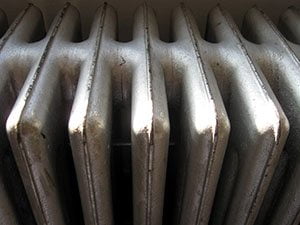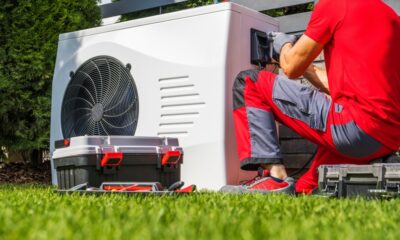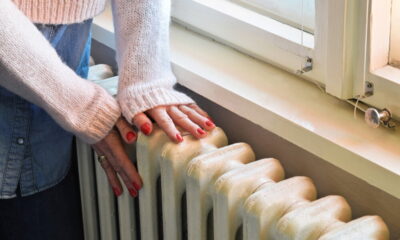

Energy
Radiator Repair Tips – Things to Try Before You Call a Plumber
Radiators are a modern and effective way to heat your home, but how do they work? Hot water is circulated through your pipes and radiators, and thanks to specialized cast iron construction methods, heat is allowed to circulate effectively throughout your home. The method was invented in the mid 19th century, and many old houses still use radiators. From time to time, they must be repaired, just like anything that is used regularly. In this article we take a look at some simple radiator repair tips to help keep your home toasty and warm.
Faulty Valve
It’s possible that the thermostatic radiator valve in your radiator is at fault for poor performance. A TRV is responsible for monitoring the temperature of the air in your home and adjusting the flow of water through the radiator it’s fitted to. If it’s broken, it will stop flow regulation completely. Don’t panic though, it’s probably just a broken bus or bush (in this case all you’ll need to do is replace a simple washer or gasket – you can find tutorials online to learn how to do this simply, without even having to drain the radiator.)
Bleeding a Radiator
After a while, you may find that your radiator is not functioning as well as it could. This could be because of air trapped in the radiator. You will need to “bleed” the radiators, (another word for releasing excess air trapped inside the radiator.) First make sure the heating is off and the radiator is cool. Search for the vent valve, which can be found on or in the vicinity of the top of the radiator. Put a towel on the ground in preparation for any leakage that may occur while you bleed the radiator (or it’s just as simple to put a cup under the drainage valve mechanism should you not have any old towels.) Open the valve slowly by turning it to the left. You may be able to do this with your hand or with a wrench (some radiators are supplied with a standard “key”.) If you have the valve open, the excess air trapped inside the radiator will start to come out very quickly. Keep a close eye on the valve as you will find that water will suddenly start to rush out at which point you should shut off the valve immediately.
Restoring Your Radiator
Over time, and with continued usage, the paint or finish can chip and peel off the radiator. You can easily save money by repairing the radiator yourself without too much fuss. First, cover the floor under and around the radiator with a drop cloth. Next, use a brush to knock the flaking paint off the radiator surface. Now clean the radiator with soap and lukewarm water before letting it dry and continuing. As soon as the radiator is dry, apply a zinc or zinc chromate primer to the surface as evenly as possible. Finally, apply a finish of your choice. Oil paints do well however be aware that while metallic paint looks nice on your radiator, it can reduce heat output by up to 25%.


 Environment10 months ago
Environment10 months agoAre Polymer Banknotes: an Eco-Friendly Trend or a Groundswell?

 Environment11 months ago
Environment11 months agoEco-Friendly Home Improvements: Top 7 Upgrades for 2025

 Features9 months ago
Features9 months agoEco-Friendly Cryptocurrencies: Sustainable Investment Choices

 Features10 months ago
Features10 months agoEco-Friendly Crypto Traders Must Find the Right Exchange





























